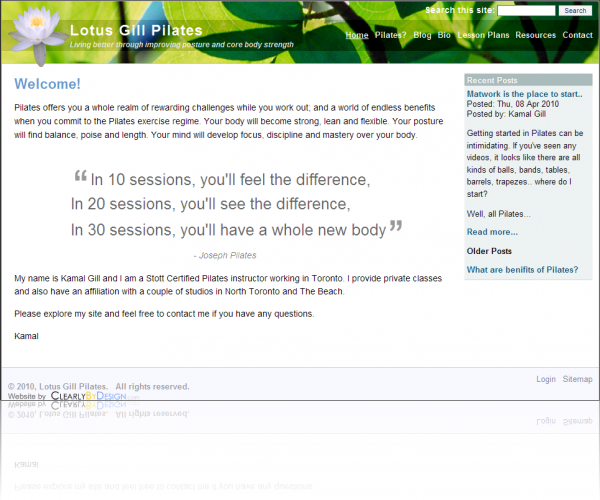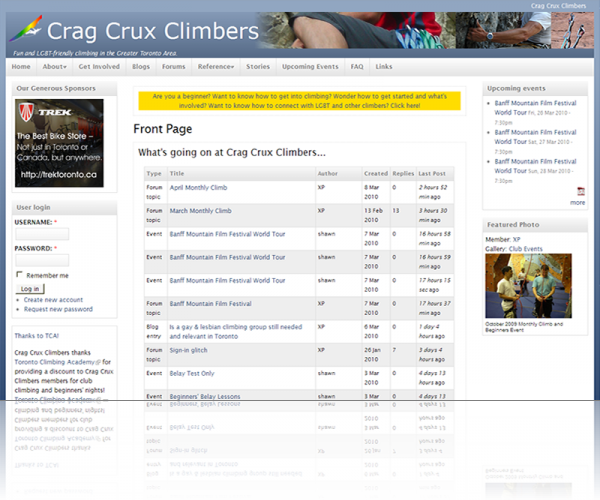Posted Mon, 17 May 2010, 5:24pm by Shawn D. Sheridan
Search engine optimisation optimization (SEO) is a hot topic in various circles. The whole idea from a website point of view is doing things to have your site float to the top of the results list when someone types something into the search box at Google, Bing, Yahoo!, Ask, and a host of other search engines out there. If not at the top of the list, then ideally you want to be on the first page.
The reasoning is that people who are searching for products and services are increasingly turning to the web to find a provider, and turning to search engines in particular to point them in the right direction. And people don’t want to (and therefore won’t) go wading through page after page of results to find something that might be close. They may look at the first few pages, but then become overwhelmed by all the results, eyes glaze over, and suddenly another latte seems like a great idea.
Consider Your Objectives
When thinking about SEO, it’s important to keep in mind what the objectives of your website are in the first place, and whether or not you even really care about your rank.
For example, if you have a small kayaking club site that is there for exchange of information amongst your members, showing the club calendar, providing an electronic sign-out sheet for the club kayak, and your website is there as a convenience for your members as opposed to being a primary marketing channel, then you should ask yourself how does appearing higher in Google’s results list fulfill your club goals. It probably doesn’t (unless you’re considering a big membership drive to go from a little club to a big one), and so is it worth spending any effort on SEO?
On the other hand, if your business is one where your target market is likely to go to a search engine page, type in some key words that describe your product or service, and click “Search”, then you do want to appear on that first page.
SEO Must be Part of Your Overall Plan
There are some good strategies and some not-so-good strategies for SEO. First off, SEO must be part of your overall web strategy, which should be part of your overall marketing strategy. It won’t do you much good to be high-up in the search results list if the website to which your prospective customer goes is poorly laid out, confusing, or aesthetically unappealing. I can’t tell you how many times I’ve done a search, thought I’d found exactly what I was looking for, only to become lost in the mire of the website to which I linked. Thank goodness for the “back” button! So, make sure your website is well designed and executed (more on that in another post). It needs to be designed not only from the standpoint of ease of maintenance, but most importantly, with the perspective of the customer in mind. If you don’t have the expertise in website design and delivery in-house, get outside help.
My next post will be about some specific things to do to improve your search engine rankings, so make sure you come back!
Read Search Engine Optimisation – What to Do.
- Shawn D. Sheridan's blog
- Login to post comments
-










